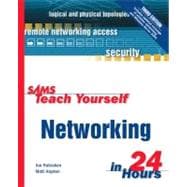This edition includes new coverage of Linux, updated material for Windows 2003, bleeding-edge wireless technologies including cell phones and PDAs, and network security issues using OS's and firewalls, DSL/cable modem, and email with anti-spam technologies.








